One of the most elusive and enigmatic big cats, roams the high altitudes of Central Asia’s mountain ranges, including the majestic Himalayas. Known for their incredible adaptability to harsh environments, these solitary predators have captivated the imagination of wildlife enthusiasts and conservationists alike. In this article, we will explore the hidden world of snow leopards in the Himalayas, examining their habitat, behaviors, and the unique challenges they face.
Habitat: The High Altitudes of the Himalayas
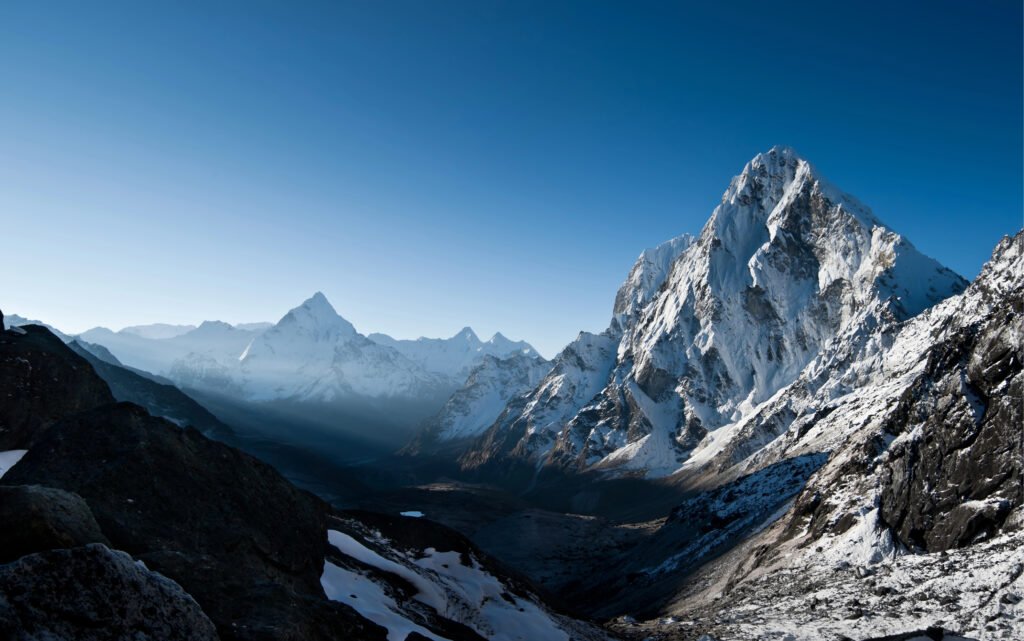
Snow leopards are primarily found in the mountainous region of the Himalayas, spanning several countries including India, Nepal, Bhutan, and China. These felines favor rugged terrains at elevations of 3,000 to 5,500 meters (9,800 to 18,000 feet), where they navigate steep and rocky slopes with ease. Their habitat not only offers them a wide vista for scouting prey but also provides natural camouflage in the form of snow-capped peaks and rocky outcrops.
Adaptations to the Cold Climate
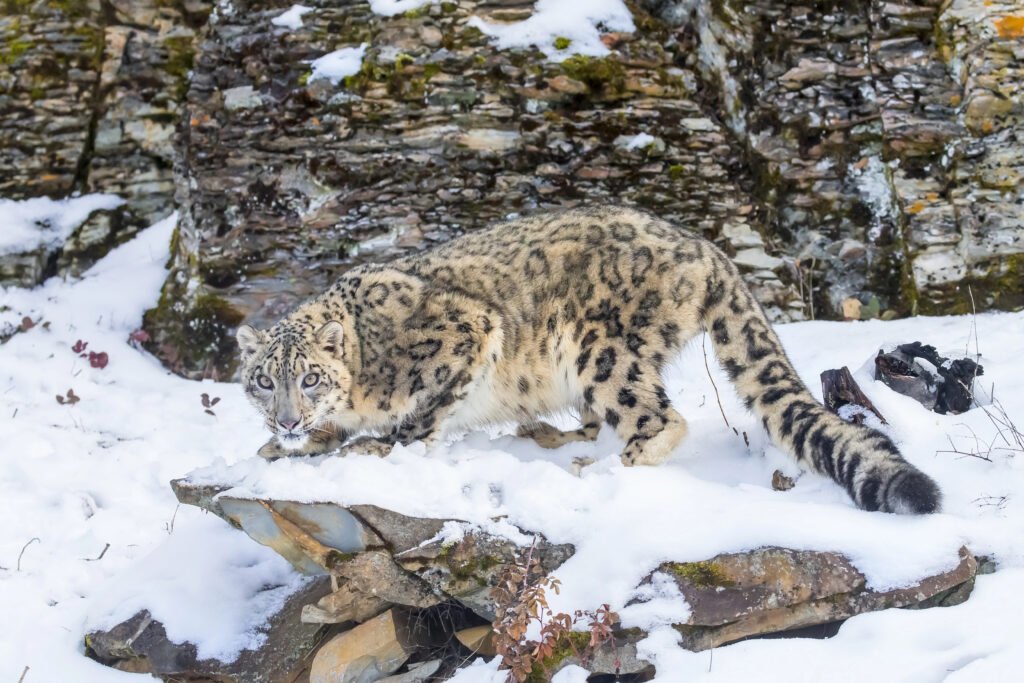
To survive in one of the harshest climates on Earth, snow leopards have developed several extraordinary adaptations. Their thick fur, which grows even denser in winter, is patterned with rosettes and spots, providing both warmth and stealth. The snow leopard’s wide, fur-covered paws function as natural snowshoes, allowing for silent and efficient movement over snow. Additionally, their long, muscular tail aids in balance and warmth, often wrapped around the body during rest.
Diet and Hunting Strategies
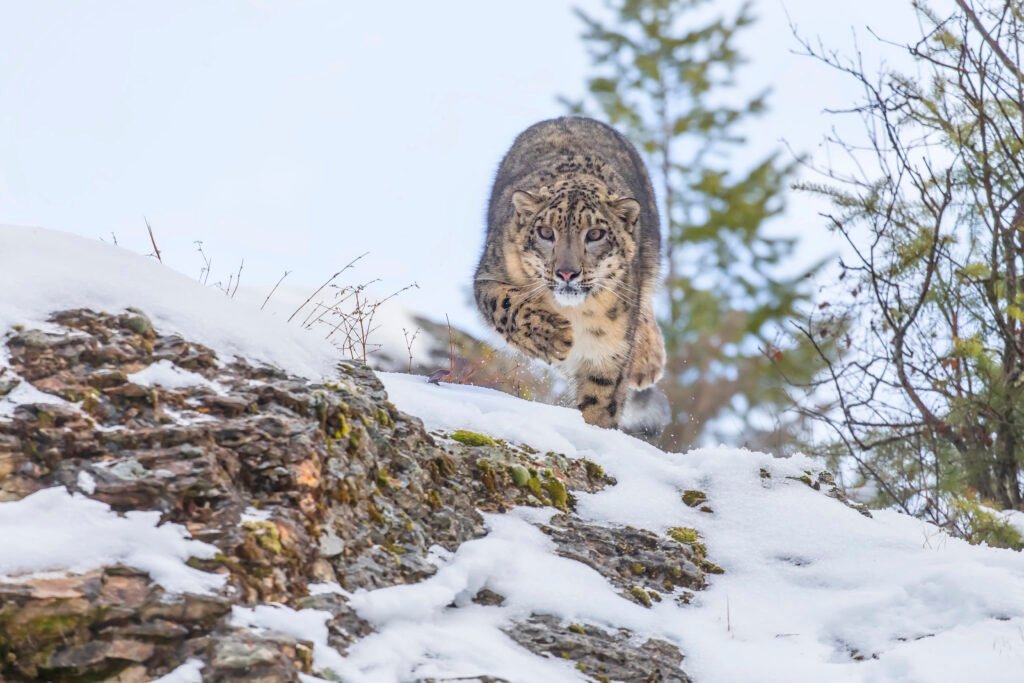
Snow leopards are apex predators in their habitat, preying primarily on blue sheep (Bharal), ibex, and other mountain ungulates. Their hunting strategy involves stealth and patience, as they stalk their quarry before a rapid burst of speed to catch their prey off guard. Snow leopards can take down animals three times their weight, showcasing both strength and agility. When larger prey are scarce, they adapt by hunting smaller mammals and birds.
Behavior and Social Structure
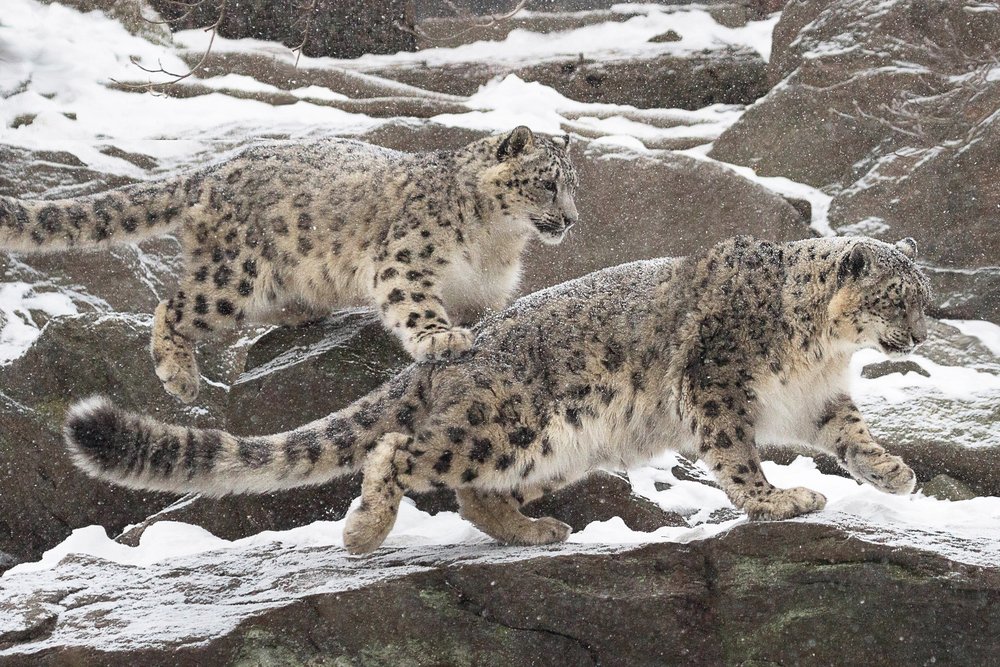
Typically solitary except during mating season or when a mother is raising cubs, snow leopards are territorial creatures. They communicate through vocalizations, scent markings, and scrapes, establishing spaces that overlap minimally among individuals. These elusive cats are primarily crepuscular, being most active at dawn and dusk when they hunt and patrol their territory.
Breeding and Cub Rearing
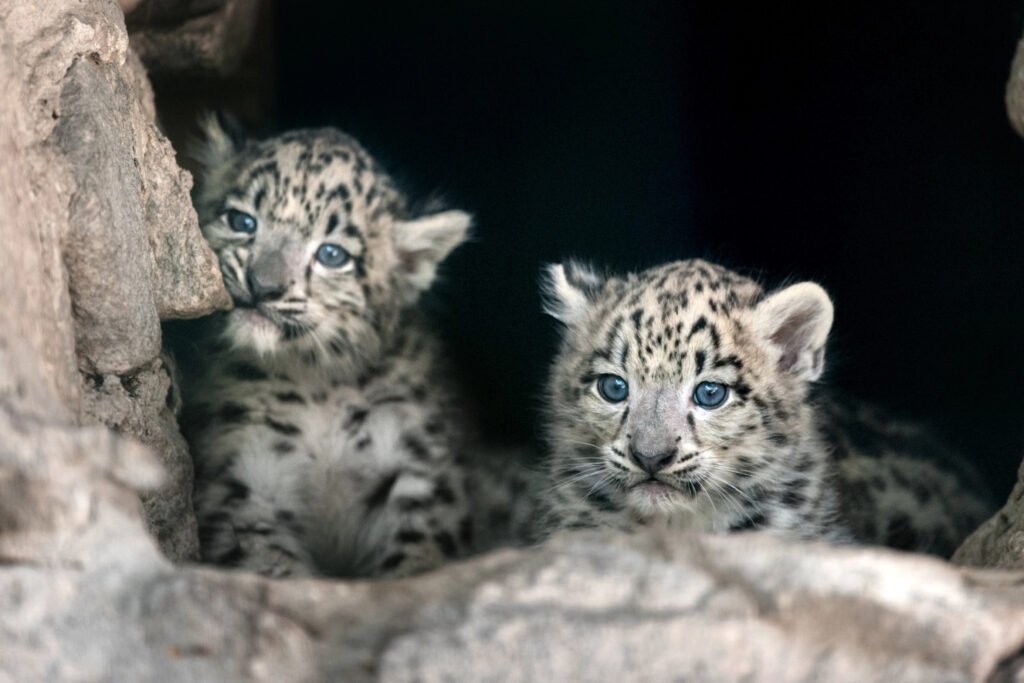
Snow leopards usually mate between January and March, with cubs born after a gestation period of about 90-100 days. A typical litter consists of two to three cubs. The mother rears the cubs alone, nurturing and teaching them strategic and survival hunting skills. Cubs stay with their mother for up to 18 months until they are capable of fending for themselves.
Conservation Status and Threats
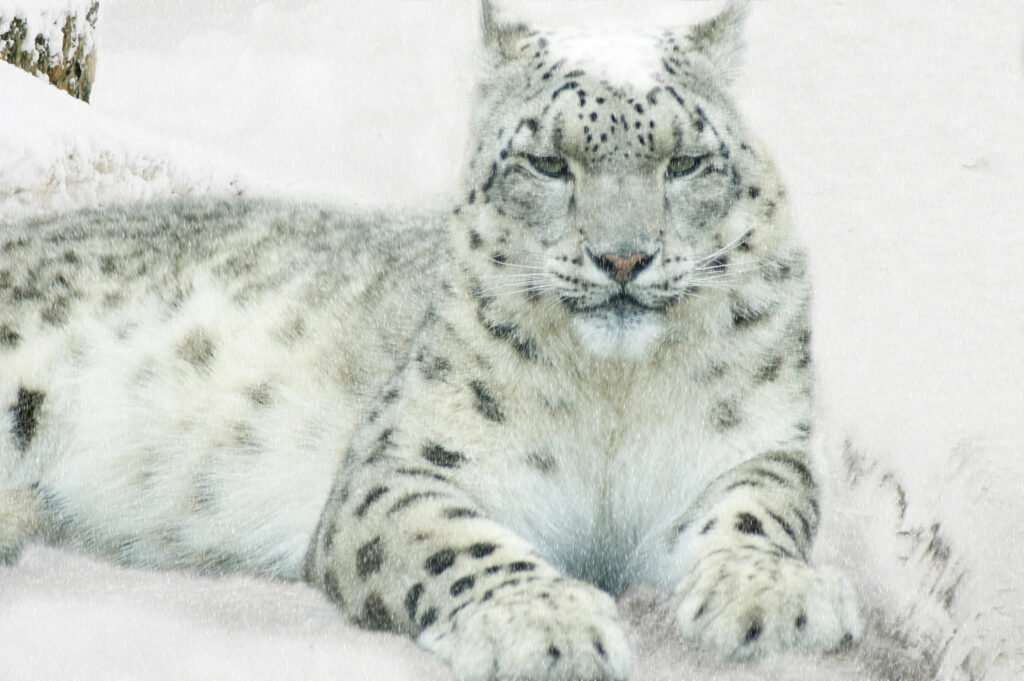
Snow leopards are classified as “Vulnerable” by the IUCN Red List, with estimates suggesting there are only between 3,920 and 6,390 individuals left in the wild. They face numerous threats, including habitat loss due to human encroachment, poaching for their skin and bones, and retaliatory killings by herders protecting livestock. Climate change is also an emerging threat, altering their mountain ecosystems.
Human-Snow Leopard Conflicts
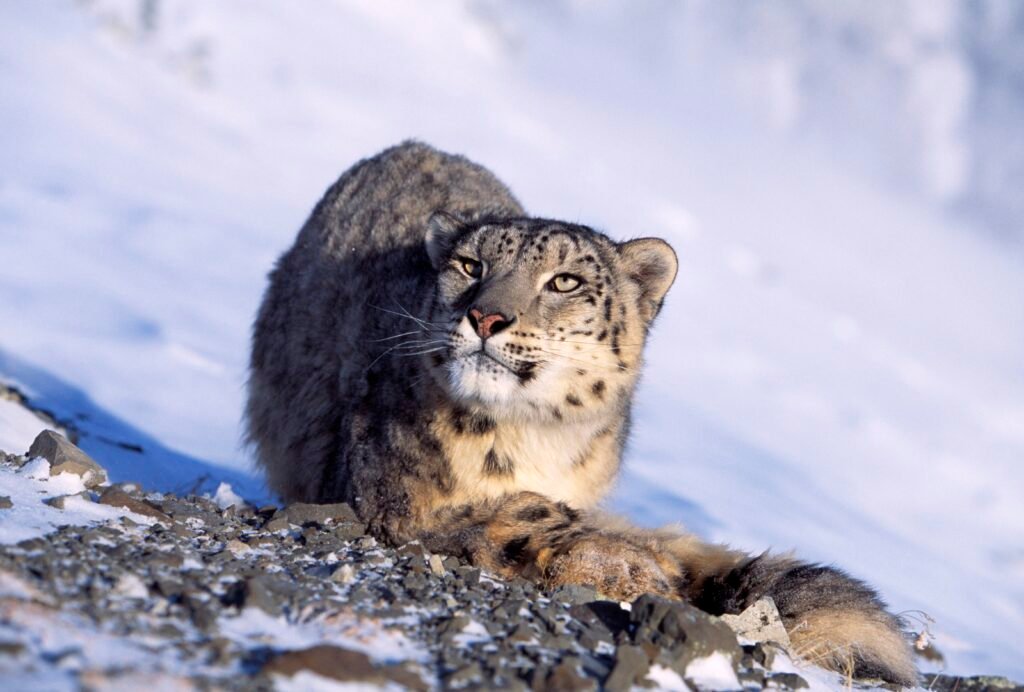
As human settlements expand, the overlap between human and snow leopard territories increases, leading to conflicts. Livestock predation by snow leopards is a common issue, often resulting in retaliatory killings by herders. Conservation initiatives are focused on mitigating these conflicts through education, community engagement, and providing livestock insurance schemes.
Conservation Efforts and Initiatives
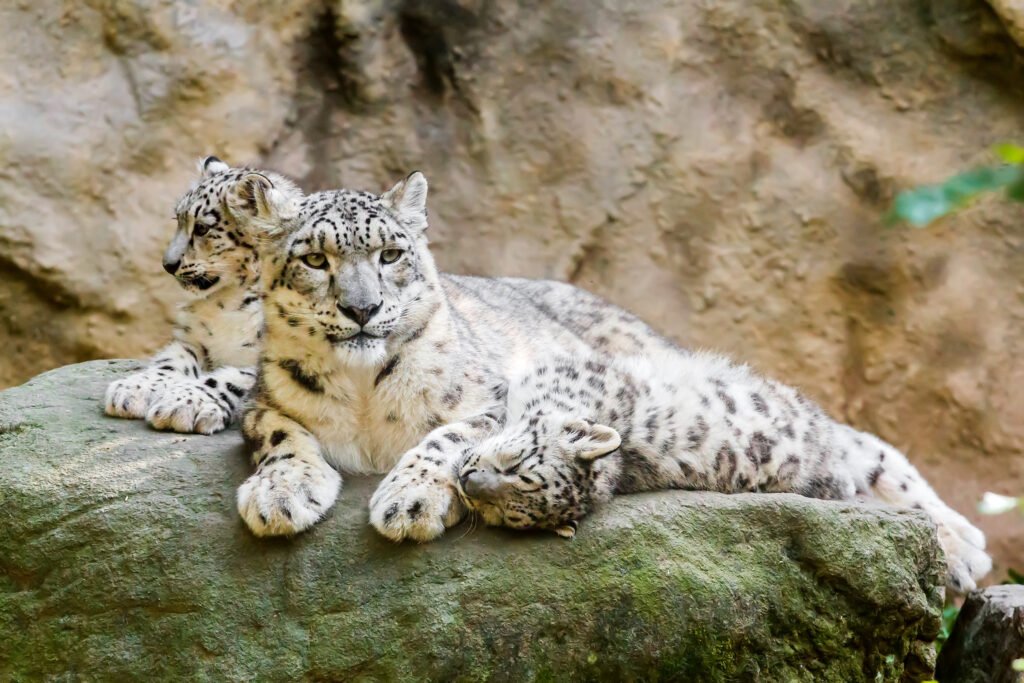
Efforts to preserve snow leopards and their habitat involve international collaboration and involve organizations such as the Snow Leopard Trust and the Global Snow Leopard & Ecosystem Protection Program (GSLEP). These efforts focus on research, monitoring, community outreach, and policy advocacy to ensure the protection of these magnificent creatures. Ecotourism is being developed responsibly as a way to generate income for local communities while promoting conservation awareness.
The Role of Technology in Conservation
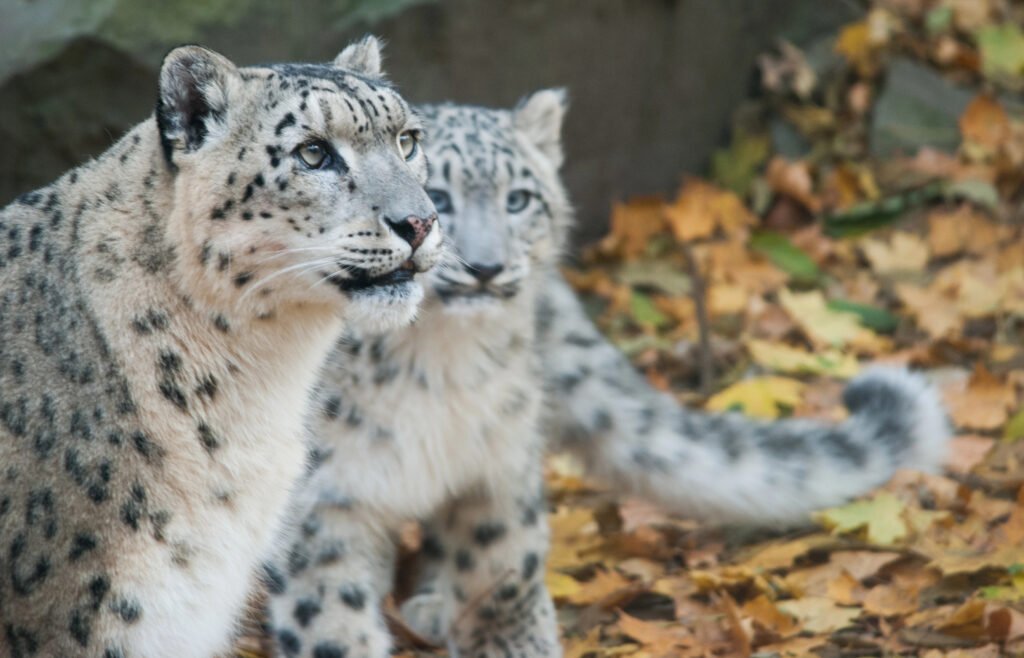
Modern technology plays a vital role in snow leopard conservation. Camera traps and GPS collars provide invaluable data on snow leopard populations, movements, and behavior. This information helps in crafting effective conservation strategies and understanding the impact of environmental changes. Drones are increasingly being utilized to monitor remote and difficult terrains without disturbing the wildlife.
The Future of Snow Leopards in the Himalayas
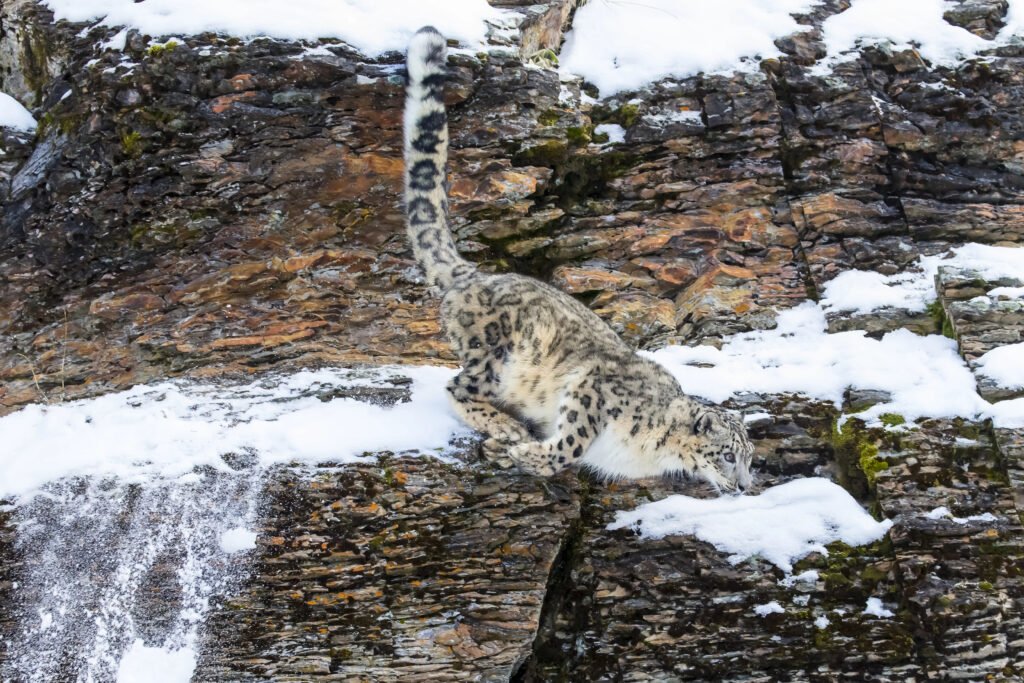
The future of snow leopards in the Himalayas hangs in the balance, depending heavily on human actions over the coming decades. Continued conservation efforts, community involvement, and international cooperation are crucial for ensuring that these enigmatic cats continue to grace the high mountains of Asia. Each step taken towards preserving their natural habitat ensures that future generations can marvel at these “Ghosts of the Himalayas” in their native wilderness.

Born and bred in South Africa, a Capetonian at heart. Amy-Leigh’s love for nature and animals was inherited from her Dad. He loves taking the family on road trips to experience nature at its finest; Amy-Leigh’s favourite being whale watching in Hermanus and spotting Kudu along the West Coast. Amy-Leigh holds a BA in English Literature and Communication Studies.






